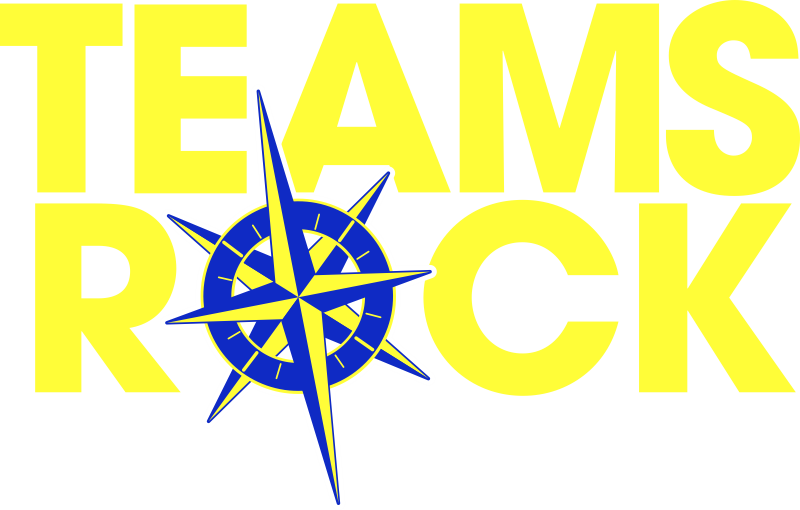Some people say, “Why invest in teamwork? There’s no ROI in that.” Well, we all know that the culture of an organization has a dramatic impact on the bottom line. In reality, every team within the organization has a dramatic impact on the culture, and thus an impact on the bottom line. So, how do you know if your team’s culture is in need an overhaul – a facelift?
 Great cultures commonly lead to healthy results over a long period of time. While it may be challenging to define it, you can actually feel it. Powerful winning cultures have three barometers of equal value.
Great cultures commonly lead to healthy results over a long period of time. While it may be challenging to define it, you can actually feel it. Powerful winning cultures have three barometers of equal value.
- The culture is clear and compelling – a sense of purpose for the team and the organization as a whole. Everyone knows why they, and the team, are there and why others care that they are.
- A mindset of continual knowledge development and personal growth – This is evident from the top of the organization through the front line of the everyday worker. When this mindset is in place workers are willing to take calculated risks to achieve desired results.
- An attitude of optimism – Recognizing that the glass is half full is essential to a successful culture. The realization that optimism is important does not mean that everyone lives in a Pollyanna world; rather they understand that this optimism reveals itself from the inside out, and connections as well as winning cultures are made through possibilities.
When all three of these indicators are strong, you have a winning, and highly effective, culture.
How do you know when a culture shift is needed? Much like a Formula One race car racing in the desert; when the wheels are spinning, yet the car doesn’t really seem to be getting anywhere; it’s time to consider a change when the team seems to be going and going, but isn’t really accomplishing anything.
Once we recognize that a culture shift is necessary; most organizations and teams believe that they are going to make a rapid 180 degree change. This is simply impractical, not to mention unrealistic.
How do you then begin the face-lift, or reshaping process, of a team or organization where the culture is broken or working poorly? It all begins at the top. If an organization shift is necessary, then it begins with the CEO. If the team’s culture is struggling, then it is the division or department manager. Regardless, it MUST start at the top.
There are four key components that need to be strong in order to increase the likelihood of successfully re-molding the team’s culture.
- Strong Leadership: As we said, it all begins at the top. Remember when we were children and our parents asked why we did something we were not supposed to do and we responded with, “I didn’t do it on purpose.”? Leadership must be “on purpose.” If you are a leader and your skills are not perceived as effective, it is critical that you begin learning to be more effective before beginning this face-lift. If you are unsure of your effectiveness, there are numerous tools available to help you measure it. One of the best is The Leadership Challenge by James M. Kouzes and Barry Z. Posner. This is a true, 360 degree leadership feedback report.When the leader is present and heavily involved in the process, the likelihood of success increases dramatically.
- Individual Change: Another essential leadership element is adaptability. Leaders must be willing to do things differently based on the situation and the current goals for the team. Getting stuck doing things the same way year after year is guaranteed to set the team up for failure. When leaders can create effective changes, others will follow naturally.
- Rocket Launch Momentum: If you think about an NASA rocket launch, there is significantly more energy burned in the first few minutes of the flight than at any other time during the mission. This is due to the pull of earth’s gravity. In many cases, thinking like, “That’s the way things have always been done” acts like a gravitational pull. In the beginning of the change process, a significant amount of focus and energy is necessary to move the process through this inertia before it begins to take hold and move on its own.
- Concentrated Viability: To insure that changes in team culture are effective and strong, tangible and efficient processes must be in place. Leaders must be sure that there are systems in place that can support the new culture.
Set up a Culture Leadership team with key personnel to manage the transformation project. Such a team can address issues like communication, team chemistry, project assignments, and compensation quickly and efficiently so that team members can focus on team goals.
Think about it as if you were building a new organization from the ground up. What would you do first to create the winning culture you need to produce the results you want? Top organizations like Southwest Airlines lconstantly ook at their team culture. Southwest has a culture of fun and job enjoyment. They also have been known to say, “The customer is not our number one customer. Our number one customer is our employee; if we take care of our employees our employees will take care of our customers.” At the end of the day, Culture is Core.
Image courtesy of StockMonkeys.com


Leave A Comment